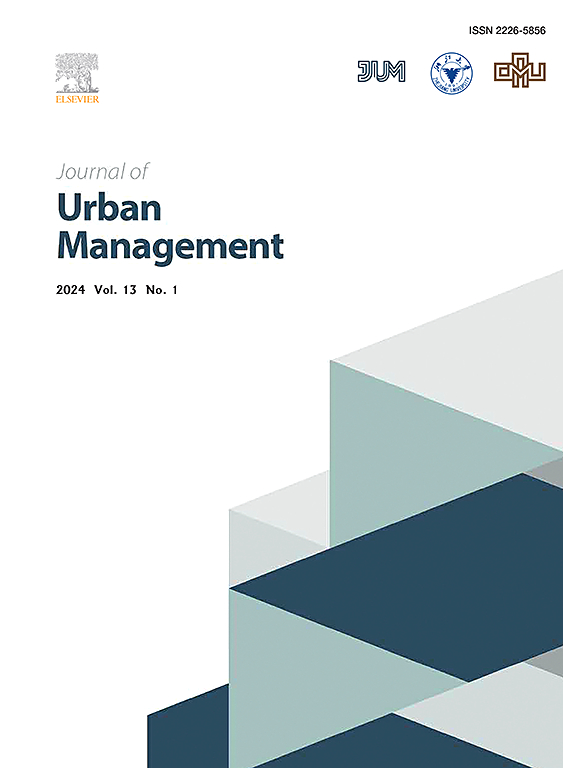长江经济带跨城市患者流动网络空间结构与机制
IF 5
2区 社会学
Q1 URBAN STUDIES
引用次数: 0
摘要
跨城市患者流动反映了医疗资源的地理不匹配,对医疗服务的可及性和资源的公平分配提出了重大挑战。然而,现有的研究方法未能充分捕捉到医疗保健供需之间的复杂关系以及影响患者流动性的邻近机制。本研究利用500,120名患者的在线评价,构建了长江经济带2023年跨城市患者流动网络(CPMN),并利用医疗卫生相对规模指数、优势关联分析和可解释机器学习模型分析了其空间结构和影响因素。结果表明:(1)卫生服务供给规模与卫生服务强度呈双对数线性关系(系数为0.627),卫生服务需求规模与卫生服务强度呈弱负相关;(2)医疗卫生服务的空间组织与行政区划的边界和层级基本一致,但在上海和重庆的部分医疗卫生服务集水区存在差异;(3)社会接近性、地理接近性和机构接近性对患者流动有显著影响。该研究为健康地理学提供了新的数据和方法,并为优化YREB的医疗资源分配提供了至关重要的理论和实证见解,最终解决了公平医疗获取的挑战。本文章由计算机程序翻译,如有差异,请以英文原文为准。
Spatial structure and mechanism of cross-city patient mobility network in the Yangtze River economic belt of China
Cross-city patient mobility reflects the geographic mismatch in medical resources, posing significant challenges for healthcare accessibility and equitable resource allocation. However, existing research methods inadequately capture the complex relationships between healthcare supply and demand as well as the proximity mechanisms influencing patient mobility. In this study, we used 500,120 patient online evaluations to build the 2023 Cross-city Patient Mobility Network (CPMN) for the Yangtze River Economic Belt (YREB), and analyzed its spatial structure and influencing factors using healthcare relative size index, dominant association analysis, and explainable machine learning modeling. The results show that: (1) There is a double logarithmic linear relationship between healthcare supply size and intensity (coefficient 0.627), and a weak negative correlation between demand size and intensity; (2) While the spatial organization of healthcare aligns with administrative boundaries and hierarchies, exceptions are observed in parts of Shanghai and Chongqing's healthcare catchment areas; (3) Social proximity, geographical proximity and institutional proximity are significant in patient mobility. This research contributes new data and methods to health geography and offers theoretical and empirical insights critical for optimizing healthcare resource allocation in the YREB, ultimately addressing the challenges of equitable healthcare access.
求助全文
通过发布文献求助,成功后即可免费获取论文全文。
去求助
来源期刊

Journal of Urban Management
URBAN STUDIES-
CiteScore
9.50
自引率
4.90%
发文量
45
审稿时长
65 days
期刊介绍:
Journal of Urban Management (JUM) is the Official Journal of Zhejiang University and the Chinese Association of Urban Management, an international, peer-reviewed open access journal covering planning, administering, regulating, and governing urban complexity.
JUM has its two-fold aims set to integrate the studies across fields in urban planning and management, as well as to provide a more holistic perspective on problem solving.
1) Explore innovative management skills for taming thorny problems that arise with global urbanization
2) Provide a platform to deal with urban affairs whose solutions must be looked at from an interdisciplinary perspective.
 求助内容:
求助内容: 应助结果提醒方式:
应助结果提醒方式:


